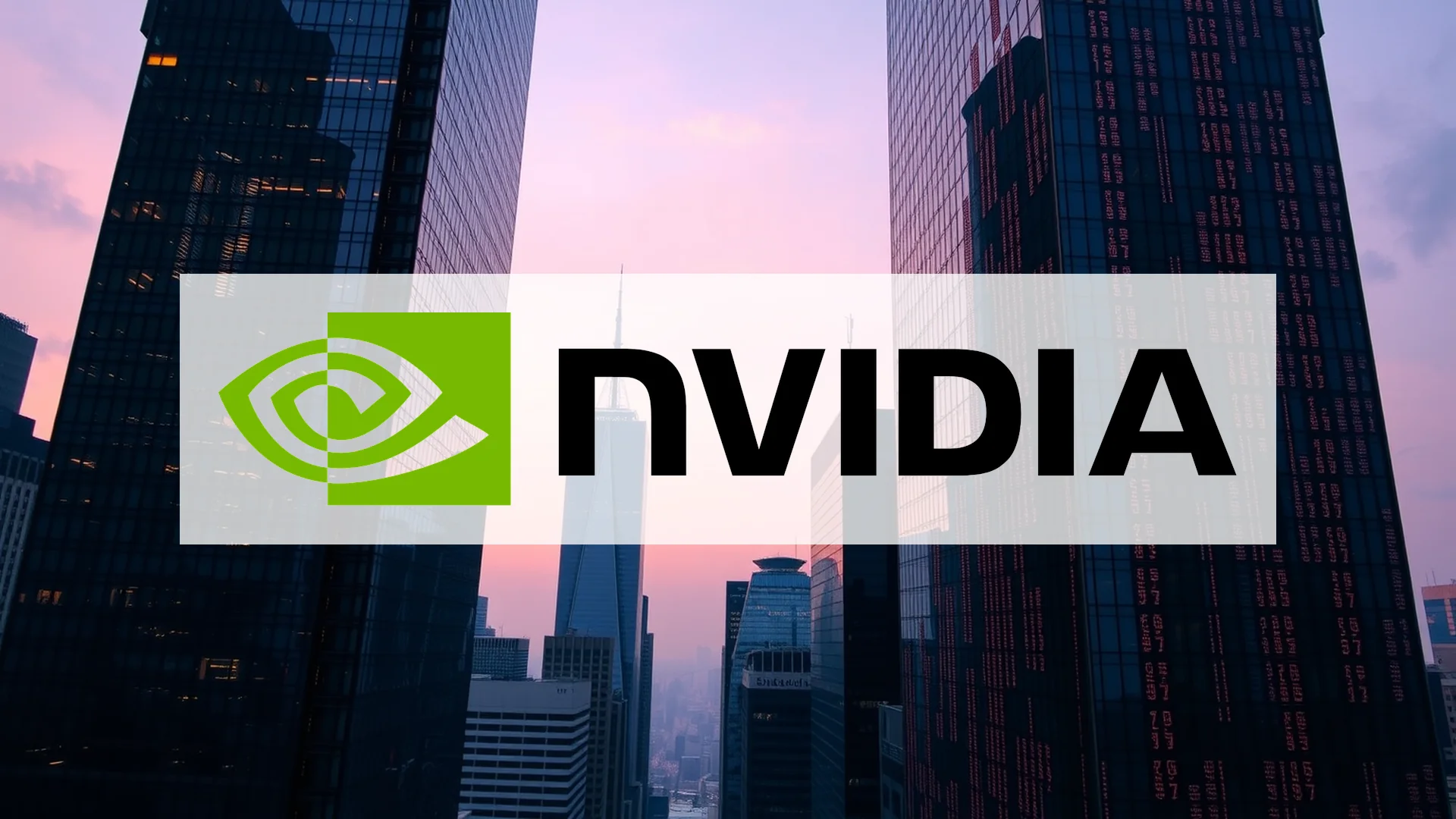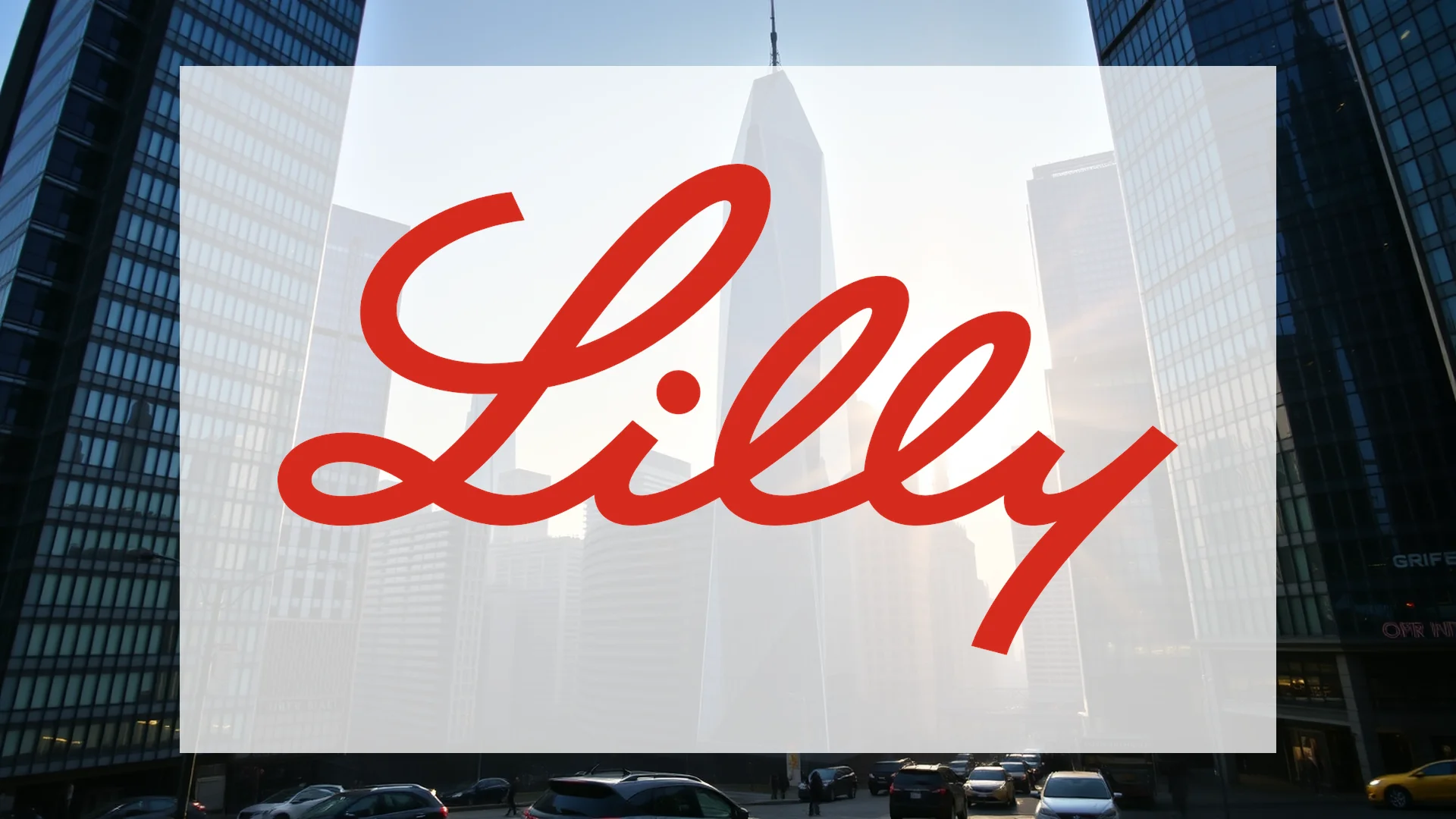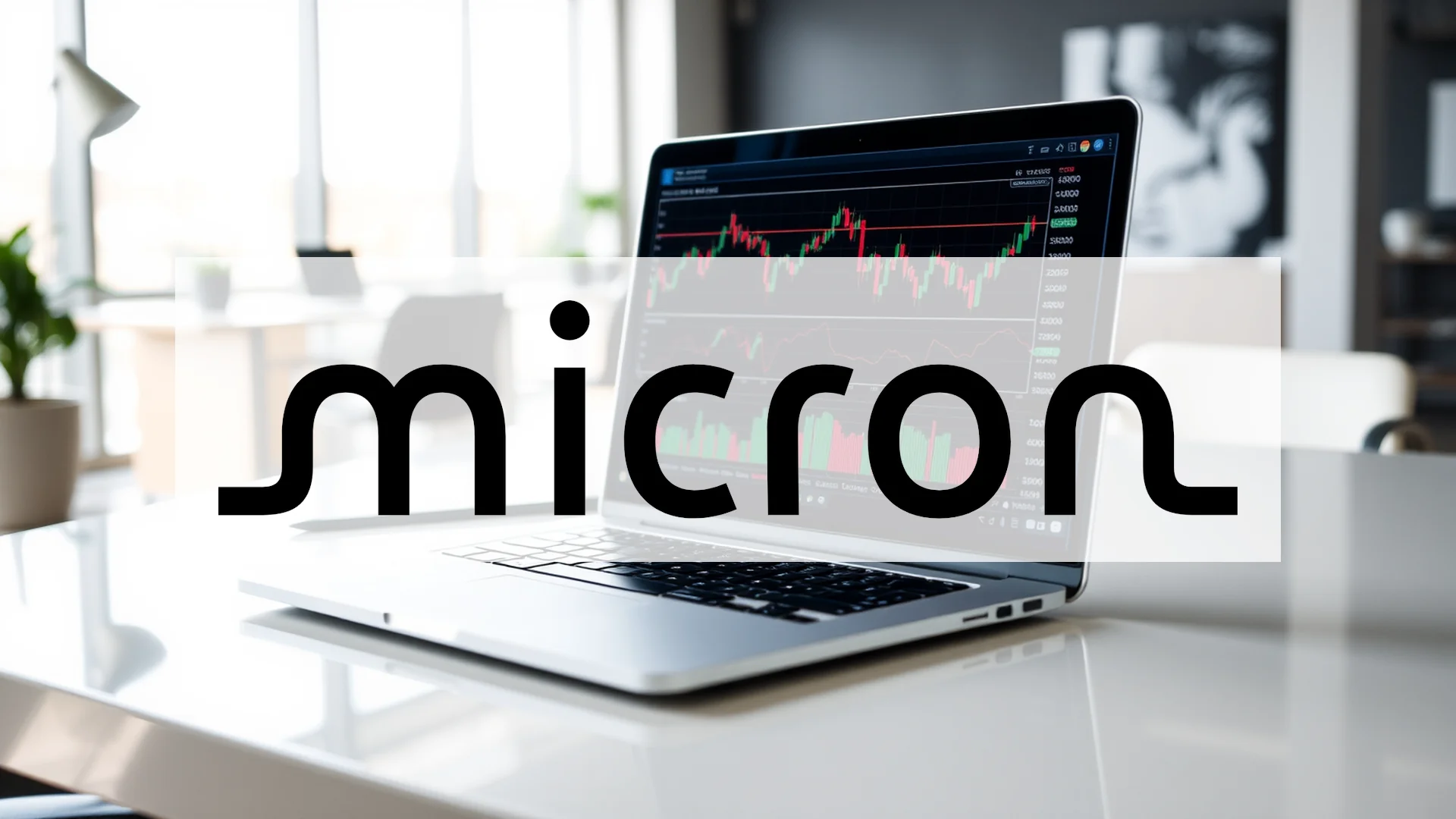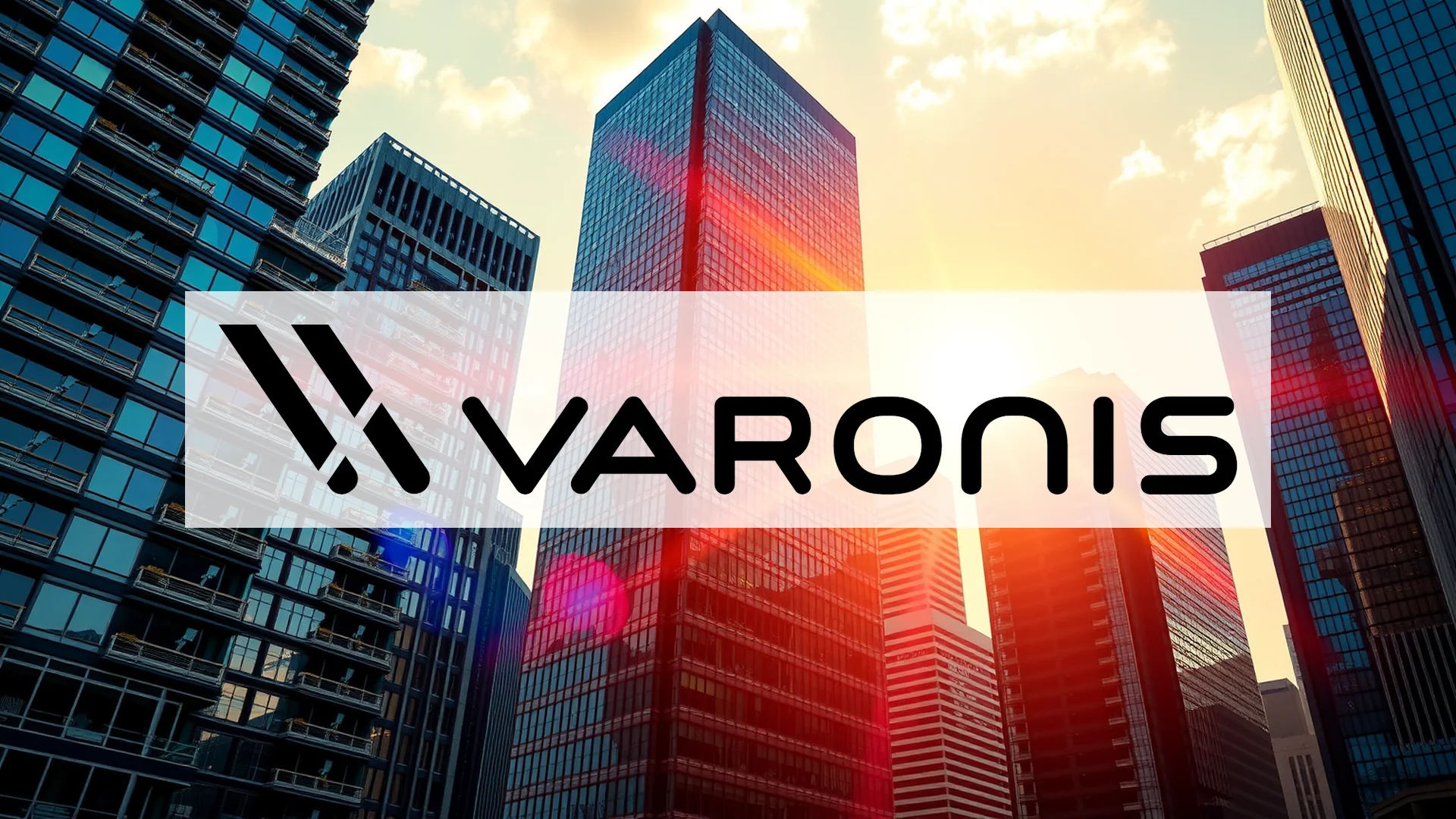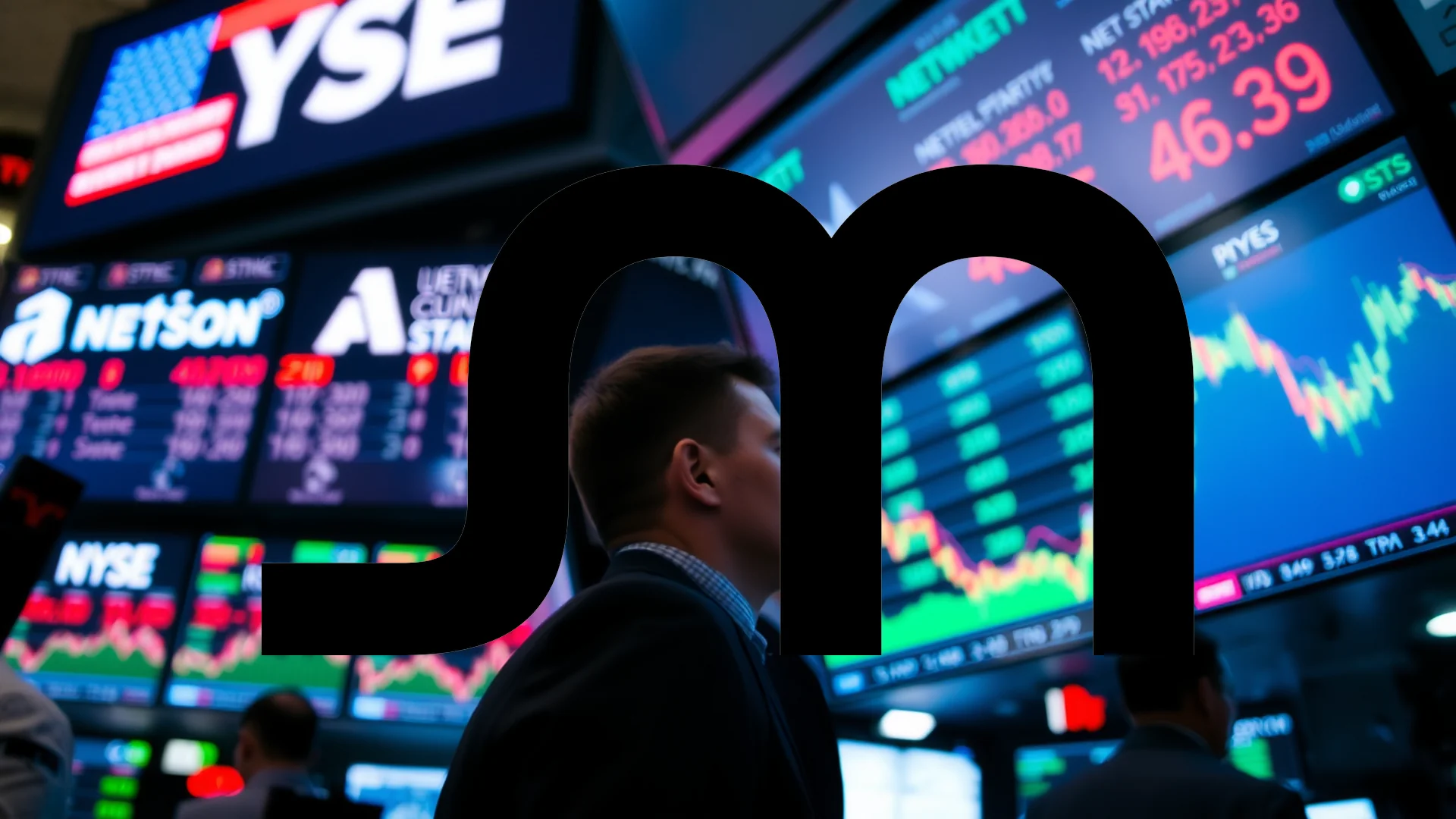Nvidia has entered into a monumental partnership agreement with OpenAI valued at up to $100 billion, signaling the chipmaker’s strategic move to not just protect but substantially expand its commanding position within the artificial intelligence sector. This unprecedented collaboration, however, prompts critical questions about whether it represents a masterstroke of business strategy or introduces significant market concentration risks.
Unprecedented Scale and Investment Timeline
The historic agreement commits Nvidia to investing up to $100 billion in OpenAI to supply a minimum of 10 gigawatts of computing systems destined for next-generation AI infrastructure. This computational capacity represents an energy footprint equivalent to powering more than 8 million American households and will drive millions of graphics processing units across numerous data centers.
Nvidia CEO Jensen Huang described the project as “the most ambitious AI infrastructure undertaking in history” during a CNBC appearance. Initial deployment of one gigawatt of computing power is scheduled for the second half of 2026, utilizing Nvidia’s forthcoming Vera Rubin platform. The investment will be executed progressively, starting with an initial $10 billion allocation following completion of the first implementation phase.
Strategic Implications and Market Positioning
This partnership establishes an intricately structured symbiotic relationship: Nvidia provides equity investment to OpenAI, which in turn becomes a major purchaser of Nvidia’s AI systems and semiconductor components. This arrangement guarantees consistent revenue streams for the chip manufacturer while ensuring OpenAI maintains access to the computational resources necessary for competitive relevance.
Sam Altman, CEO of OpenAI, emphasized the foundational nature of this infrastructure, stating, “Everything begins with computational capacity. The computing infrastructure will form the bedrock of tomorrow’s economy.” The agreement formally designates Nvidia as OpenAI’s preferred strategic partner, a position both companies intend to strengthen through coordinated optimization of their hardware and software development roadmaps.
Wall Street’s Mixed Reception
Financial analysts have responded with both enthusiasm and caution. Bank of America research estimates the partnership could ultimately generate between $300 billion and $500 billion in revenue for Nvidia over time—representing a potential threefold to fivefold return on investment. The institution reaffirmed its buy recommendation with a $215 price target.
Should investors sell immediately? Or is it worth buying Nvidia?
However, Bernstein analyst Stacy Rasgon expressed reservations about the “circular” nature of the transaction: “While this undoubtedly helps OpenAI achieve its ambitious computational infrastructure goals and ensures Nvidia’s systems will be deployed, it simultaneously amplifies existing concerns about circular investment structures that have been raised previously.”
Technological Foundation and Implementation
The collaboration will leverage Nvidia’s next-generation Vera Rubin computing platform, which represents the architectural evolution beyond the current Blackwell system. Vera Rubin delivers 50 petaflops of FP4 inference performance—more than double Blackwell’s 20 petaflops capability. CEO Huang indicated the infrastructure could eventually incorporate 4 to 5 million GPUs, highlighting the substantial computational demands anticipated for future AI systems.
The multi-year deployment schedule provides Nvidia with significant revenue visibility while granting OpenAI the computational foundation required to develop next-generation AI capabilities.
Competitive Landscape and Regulatory Considerations
This partnership emerges as OpenAI’s platform has grown to serve over 700 million weekly active users, creating enormous demand for both training new models and handling inference requests. The collaboration raises competition concerns given Nvidia’s estimated 90% market share in AI training semiconductors.
While the current regulatory environment under the Trump administration appears more favorable for such partnerships than in previous years, the Department of Justice and Federal Trade Commission have previously indicated potential reviews of the roles played by Microsoft, OpenAI, and Nvidia within the AI industry.
Huang suggested during the announcement that this might represent merely the beginning, stating, “These are the first 10 gigawatts, I assure you.” The industry may be witnessing the dawn of utility-scale AI infrastructure development, comparable to historical expansions of traditional power generation and telecommunications networks. The central question remains whether Nvidia will emerge as an unassailable market leader or potentially become constrained by its own success.
Ad
Nvidia Stock: Buy or Sell?! New Nvidia Analysis from December 29 delivers the answer:
The latest Nvidia figures speak for themselves: Urgent action needed for Nvidia investors. Is it worth buying or should you sell? Find out what to do now in the current free analysis from December 29.
Nvidia: Buy or sell? Read more here...

